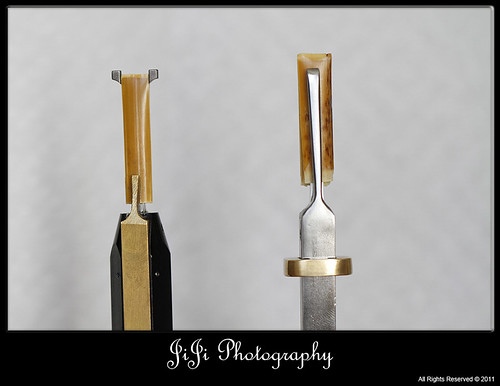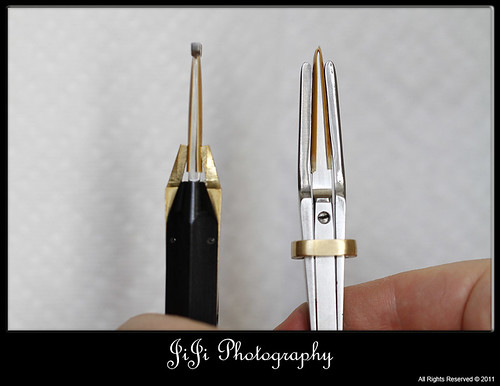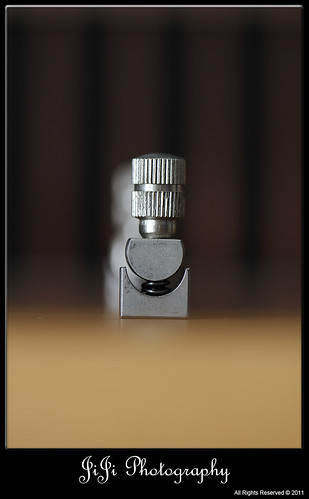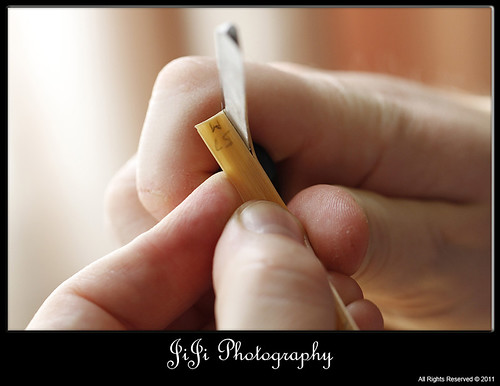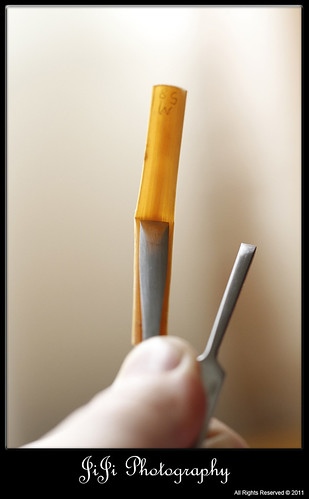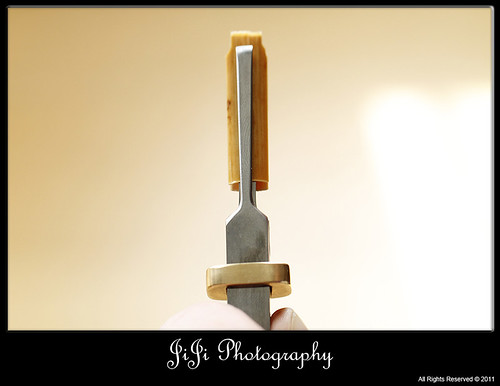Lovely day today: sunny and warm day
=> so staying in the comfortable cool shade of the TV room!
Ugly stuff first,
The past 2 months were generally rough, but this week was especially harsh on the fatigue aspect. Most (not all) sufferers of fibromyalgia also get chronic fatigue syndrome.... again named that way because the medical field can find no explanation for it: nothing physically wrong! In other words, for no reason at all, we are always tired, not sleepy, but tired as if we had been chopping firewood all day.
Fibro-fog is when just being awake is like moving through a thick fog of confusion and physical resistance. Remember the Claritin commercial of a person taking out the garbage in a deep-sea diving suit? That explains it perfectly! The simplest tasks like getting milk for the coffee becomes confusing: exhausting to open the fridge door, and then not knowing what to do next! This is very different from dementia, Alzheimer's or senility because it is completely related to the physical aspect: as soon as the muscular crisis is abated, full mental faculties return; plus we are aware and feel ridiculous about the issue. But it’s not as easy as taking pain medication to restore mental faculties, the body has ways of insisting on giving us a hard time.
Occupation Hap-Hazard
Luckily, for my employment, some activities become so mechanistic and automatic that they can be done correctly with only some slowing down of the process. Even mentally complex tasks like debugging a program can be done. But if you ask me to get up and get printed pages across the floor, I will likely get lost on the way!
So I hesitate to embark in musical performance with an ensemble: I cannot predict when this will happen. There are also evenings when I get home and even watching TV becomes exhausting. I can really thank God for my truly wonderful wife who copes with full understanding: she just plays along with it, not making any big deal - which helps me accept it quite a lot! There are forums for fibromyalgia sufferers, but the number of hours in a week is limited and I get MUCH more benefit from participating in the BBoard and the Facebook group "Oboists in the World". Feeling like a musician again is powerfully uplifting!
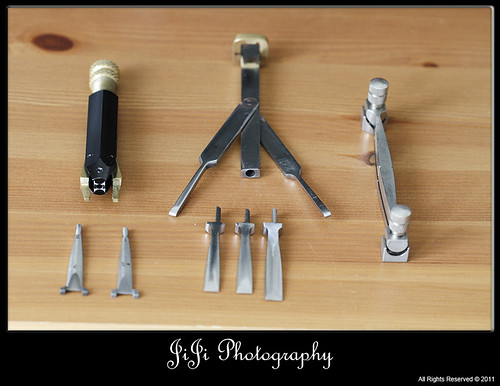 Now the good stuff.
Now the good stuff.
In terms of the sound quality and performance factors like stability, the shape and the binding are everything! The scraping has only one purpose: to let the cane do what it wants to do naturally – vibrate in response to the blowing. I find the choice of shaper and its combination with the staple size have even more effect than cane diameter, gouge thickness and any specific measurement around scraping. Please note that my wife put many more excellent images of shapers and more on her Flickr site.
Which shaper to choose is really an individual preference because it is a matter of responding to body parameters like teeth structure, characteristics of the lips, how the air pressure is channelled from the lungs to the mouth and very importantly, their interplay with the brand of oboe and even the individual instrument. This is why advanced oboists spend considerable money on shaper tips and to find the perfect staple.
There is really no right or wrong in choosing shapers, it’s all about what works for you: start with what your teacher recommends, then experiment and decide for yourself. For my part, and Europeans I know (French and German) who have tried the same, Kunibert Michel shapers (Germany) on Chiarugi staples (Italy) are a winning combination, vastly superior to all others. Comparisons will be left for another time.
Finally, there are different types of shapers, which mean different ways to use them. The most common are interchangeable shaper tips that fit on a reusable handle: these require you to fold the cane over the tip. There are also “straight” shapers in which you insert non-folded cane: by completely covering the cane, there is no chance of nicking it or messing the shape. Finally, there is a new (expensive) machine that works on the principle of the straight shaper and is designed to roll-out hundreds of pieces of cane in very little time.
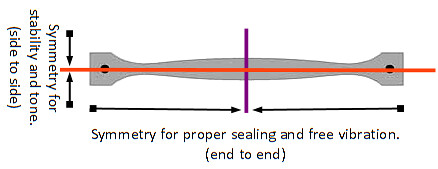 Despite the attractive idea of simplicity and safety with straight shapers, there is good reason why the fold-over interchangeable tips remain most popular: folding the can flattens it near the fold which resembles the real silhouette of the final reed whereas the straight kinds leave the cane curved; which means the reed will be much wider than the shaper leads to believe. The difficulty with manufacturing straight shapers (almost nil with fold-over tips) is that the important symmetry is from end-to-end: this ensures that when the cane is folded exactly the same curves meet, which is necessary for proper sealing and support for vibration.
Despite the attractive idea of simplicity and safety with straight shapers, there is good reason why the fold-over interchangeable tips remain most popular: folding the can flattens it near the fold which resembles the real silhouette of the final reed whereas the straight kinds leave the cane curved; which means the reed will be much wider than the shaper leads to believe. The difficulty with manufacturing straight shapers (almost nil with fold-over tips) is that the important symmetry is from end-to-end: this ensures that when the cane is folded exactly the same curves meet, which is necessary for proper sealing and support for vibration.
With a little care, the fold-over tips will always yield excellent results, the only important consideration is a sharp cutting tool with no nicks in the blade: the tip really wrecks a blade! Many oboists use disposable razor blades, I use a retractable blade knife and break off pieces after every cane shaped.
With shaper tips, there are again 2 types, and this makes really no difference at all in the quality of the final shaped cane: it’s just that they are used slightly differently. New-school shapers (have been around for generations!) have “ears” that introduce the blade to the sides of the cane. They leave “ears” on the cane that are easily removed after the cane is tied on the staple. Old-school shapers have no such ears and the shaped cane (ready for binding) is fully shaped. With ears, the cane must be sized to fit before closing the handle-clamps whereas no ears allows free positioning of the cane. In both cases, its just a matter of getting used to the moves.
These videos (made from still images) show how I cut the cane after folding to fit the ears. I cut the cane to ensure the thick center (dark line in the middle) remains centered. The last video shows a typical technique: the shaping is done with the knife perpendicular to the shaper, but to ensure a “clean cut” a few extra strokes are made with a slight (very) angle: this makes a smooth side of the cane.
With heads that have no ears, I just center the line on the shaper itself. The two handles I use illustrate another consideration: the handle clamps. The shorter clamps are mounted on a tightening screw which makes it easy to reposition the cane; however, dents are left on it. With the German type handle, the clamps cover the entire cane are secured with a ring. This allows exactly enough pressure to secure the cane without denting it; I also like to use the ring as a leverage thumb-rest to more easily control the knife. With ears on the shaper tip, many people rest the ears on a table for better stability.
Conclusion:
Shaping is really not complicated, but the choice makes a HUGE difference. The choice of handle and tip description is entirely a matter of personal preference.
